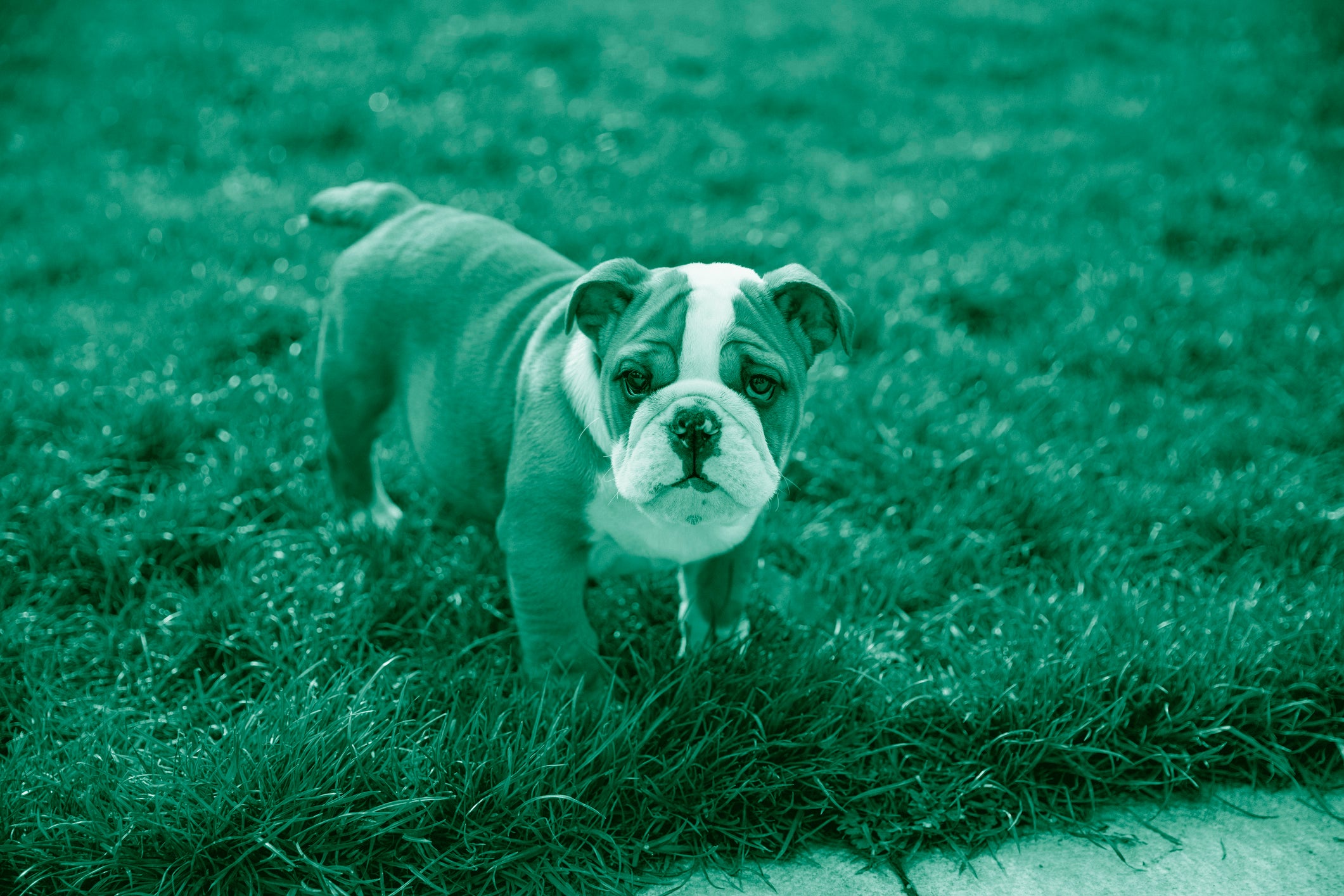Is getting a cat or dog bad for the planet?

Your support helps us to tell the story
From reproductive rights to climate change to Big Tech, The Independent is on the ground when the story is developing. Whether it's investigating the financials of Elon Musk's pro-Trump PAC or producing our latest documentary, 'The A Word', which shines a light on the American women fighting for reproductive rights, we know how important it is to parse out the facts from the messaging.
At such a critical moment in US history, we need reporters on the ground. Your donation allows us to keep sending journalists to speak to both sides of the story.
The Independent is trusted by Americans across the entire political spectrum. And unlike many other quality news outlets, we choose not to lock Americans out of our reporting and analysis with paywalls. We believe quality journalism should be available to everyone, paid for by those who can afford it.
Your support makes all the difference.Demand for pets has soared during coronavirus, with 3.2 million households in the UK getting a pet since the pandemic started, according to a survey by the Pet Food Manufacturers’ Association.
“Now, more than ever, we know that the companionship and joy pets can bring to people’s lives shouldn’t be under-estimated,” said Nicole Paley, PFMA deputy chief executive.
But is man’s best friend, the planet’s greatest enemy?
How bad are pets for the environment?
As lovable as they may be, cats and dogs come with a steep carbon pawprint. This is mainly because of their diet, which includes a lot of meat and animal products.
The meat consumption of cats and dogs in the US produces around 64 million tonnes of CO2 per year, the equivalent of a year’s worth of driving from 13 million cars, according to a 2017 study published in the journal PLOS One.
The study found that cats and dogs are responsible for 25 to 30 per cent of the environmental impact of meat consumption in the US. A country made up of just cats and dogs would rank fifth in the world for meat consumption, after Russia, Brazil, the United States and China, the analysis concluded.
Are different types of pet food particularly bad?
Meat production uses much more energy, land and water than growing crops. Farming animals accounts for 14.5 per cent of global greenhouse gas emissions and the production of red meat accounts for 41 per cent of those emissions, according to the United Nations Food and Agricultural Organisation.
“Pets have many benefits, but also a huge environmental impact,” said Gregory Okin, author of the study and a geography professor at the University of California, Los Angeles. “Those of us in favour of eating or serving meat need to be able to have an informed conversation about our choices, and that includes the choices we make for our pets.”
Dry pet food production emits 106 million tonnes of carbon dioxide each year, more than countries such as Mozambique and the Philippines, according to a 2020 study by researchers at the University of Edinburgh. A country producing the same amount of carbon emissions would be the world’s sixtieth highest emitter, the researchers said.
“If you cast it in relative terms of countries’ emissions, it is very startling and eye-catching,” Dominic Moran, one of the study’s authors and professor of agricultural and resource economics at the University of Edinburgh, told The Independent. “Where are these emissions being accounted for?”
The researchers analysed more than 280 types of dry pet food sold in Europe and the US, regions which account for two-thirds of sales, and found that half of the food is made from animal and fish products. The other half is made from crop plants, such as rice, maize and wheat.
Dry food production for cats and dogs uses around 49 million hectares of agricultural land, roughly twice the size of the UK, annually, the study found.
“Even accounting for the use of by-products in pet foods, the feeding of companion animals plays a role in environmental change. This is a topic that has been previously overlooked, but we have shown that pets and how they are fed should be considered alongside other actions to reduce climate change and biodiversity loss,” said Peter Alexander, a senior researcher in food security at the University of Edinburgh.
What sustainable options are there?
Mr Moran said that the pet food industry is “a bit behind the times. It needs to do more to provide pet owners with sustainable alternatives and inform them about these through clear labels. “That would help pet owners make better choices,” he said.
For those looking for more sustainable options, there are already plant-based products available, such as NoochyPoochy, which is made from chickpeas, lentils and soybeans.
According to the Pet Food Manufacturers’ Association, insect-based pet food offers a nutritious, sustainable alternative to food made from animal products. Insects are rich sources of protein and often contain high fats, minerals and amino acids.
Insect farming uses a fraction of the land, energy and water required for traditional agriculture, and has a significantly lower carbon footprint. While cows and sheep need huge swathes of pasture to graze on, insects can be reared easily in small spaces. Crickets produce up to 80 per cent less methane than cows, according to a study by researchers from the University of Wageningen in the Netherlands.
In the UK, brands that are producing pet food from insects include LoveBug and Yora.
Join our commenting forum
Join thought-provoking conversations, follow other Independent readers and see their replies
Comments